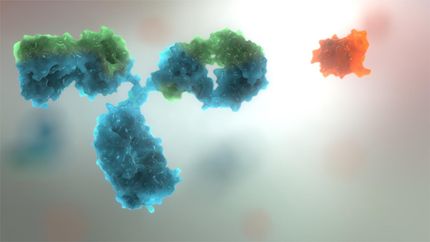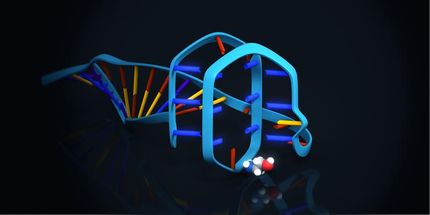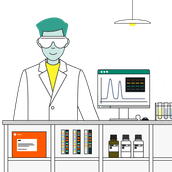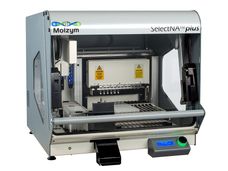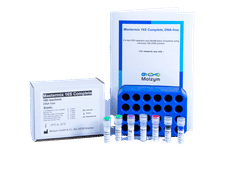Light activated 'warhead' turns modest molecules into super protein killers
Novel research tool from Scripps Florida could significantly expand search for new therapies
Advertisement
Using a novel light activation technique, Scripps Research Institute scientists have been able to turn molecules with only a modest ability to fight specific proteins into virtual protein destroyers. The new technique, which uses a "warhead" molecule capable of inactivating nearby proteins when triggered by light, could help to accelerate the development of new therapies by providing researchers with a new set of research tools and options. The study is published in Nature chemical biology.
"High-throughput screening can produce a synthetic ligand [peptoid] capable of binding to just about any protein you want," said Thomas Kodadek, a professor in the Department of Chemistry at the Institute's Jupiter, Florida, campus, who led the study. "The problem is, they almost always have modest potency – which makes them less than ideal research tools. By attaching this 'warhead' molecule to a peptoid, we've shown that we can increase that protein-killing potency by a thousand fold without going through an expensive and time-consuming optimization process."
The new technique offers researchers rapid access to some very potent, very selective light activated compounds that can knock out specific protein function, an important strategy in research into diseases such as cancer. Since light can be focused with high spatial resolution, this technology may open the door for knocking out proteins in only one region of a single cell, but not another, allowing, for example, the inactivation of a target protein in the nucleus, but not in the cytoplasm that surrounds it.
A Choice of Warheads
The technique is known as a CALI, which stands for chromophore-assisted light inactivation; chromophores are molecules that can absorb visible or ultraviolet light. While other researchers have made CALI reagents previously, they suffered from poor efficiency, largely due to self-inactivation. The new warhead used by the Scripps Florida team represents a significant advance. They used a derivative of ruthenium, a metallic element that produces what is known as singlet oxygen, the well known oxygen molecule, O2.
"When the ruthenium absorbs visible light," Kodadek said, "it has to dump that energy to return to a normal state. In the process, it produces an extremely reactive form of oxygen that rips apart whatever proteins it happens to encounter. Basically, it destroys those proteins forever."
While there have been reports of other "warhead"-carrying peptoids, the study said, the ruthenium derivative used by Kodadek and his colleagues is an important technical advance, one that allows scientists to target both extracellular and intracellular protein targets. Unlike organic singlet oxygen generators, the Ru complex is itself insensitive to singlet oxygen, greatly increasing the efficiency of CALI.
The other important point, the study noted, is that these new peptoids have no effect on any cellular components until they are activated by light.
Simple synthetic compounds like peptoids have many advantages over other ligands – molecules that bind to proteins and alter their function – such as antibodies, Kodadek pointed out. They can be modified easily for attachment to surfaces and can be produced relatively quickly in large amounts – a multi-million member peptoid library, for example, can be created in about three days.
This makes them ideal building tools for biomedical research, the study said.
Other news from the department science
These products might interest you
Most read news
More news from our other portals
See the theme worlds for related content
Topic world Antibodies
Antibodies are specialized molecules of our immune system that can specifically recognize and neutralize pathogens or foreign substances. Antibody research in biotech and pharma has recognized this natural defense potential and is working intensively to make it therapeutically useful. From monoclonal antibodies used against cancer or autoimmune diseases to antibody-drug conjugates that specifically transport drugs to disease cells - the possibilities are enormous

Topic world Antibodies
Antibodies are specialized molecules of our immune system that can specifically recognize and neutralize pathogens or foreign substances. Antibody research in biotech and pharma has recognized this natural defense potential and is working intensively to make it therapeutically useful. From monoclonal antibodies used against cancer or autoimmune diseases to antibody-drug conjugates that specifically transport drugs to disease cells - the possibilities are enormous



